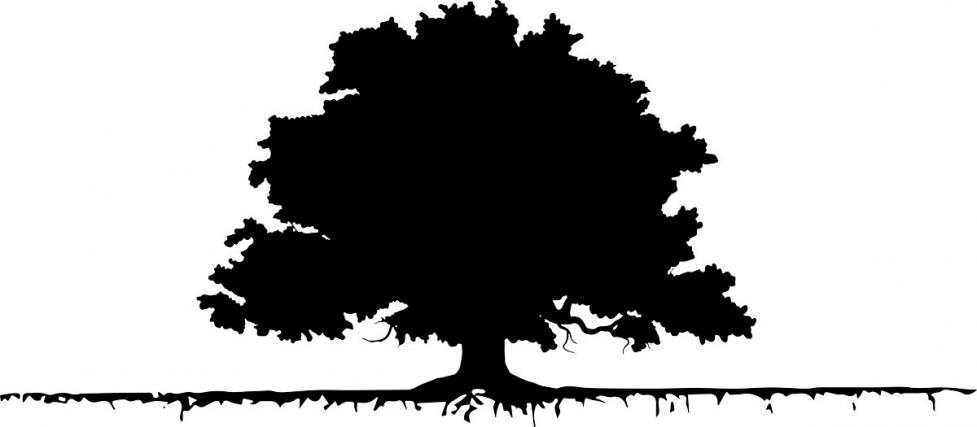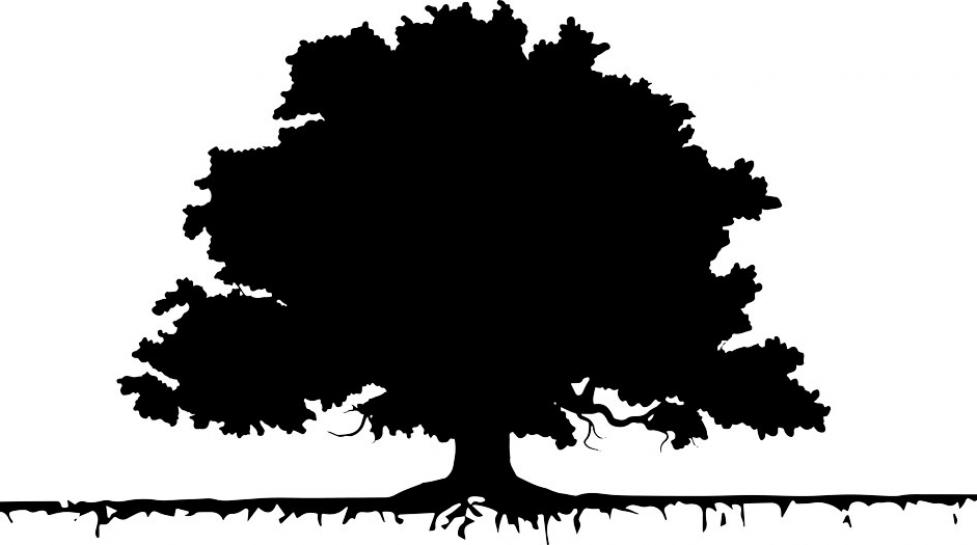If you looked out across the Colorado Front Range hundreds of years ago, you would have seen grassy plains and very few trees. Growing trees in our region is difficult in wet years, let alone in drought years. What can you do during the hot, dry summer to help our leafy friends?
If you looked out across the Colorado Front Range hundreds of years ago, you would have seen grassy plains and very few trees.
Growing trees in our region is difficult in wet years, let alone in drought years. What can you do during the hot, dry summer to help our leafy friends?
During the growing season from April to October it’s important to maintain new and existing trees by watering them and placing mulch within the dripline. Here are some tips to help your trees weather Colorado summers:
- Keep the soil moist. Check the soil moisture at least once a week by digging down four inches, approximately 20 inches from the base of the tree. If the soil is dry, then soak well. Maintaining consistent soil moisture allows for better root water absorption. Drought stressed trees are more vulnerable to disease and insect infestations and branch dieback.
- Water throughout the dripline. Tree root systems can spread two to three times wider than the height of the tree with most of the tree’s absorbing roots in the top twelve inches of the soil. Water at the tree’s “dripline,” which is the outermost circumference of the tree branches (in the red box below), and three to five feet beyond the dripline for evergreens.
- Water deeply and slowly. Apply water to many locations within the dripline. The best methods for watering are with a garden hose, soaker hose, or sprinkler. Water slowly to prevent runoff of water.
- Provide the right amount of water. For newly planted trees, water approximately 10 gallons per inch of trunk diameter, two times a week. For an established or mature tree, water 15 gallons per inch of trunk diameter every other week. For example, if your tree is 15 inches in diameter, water using 225 gallons of water.
- Mulch the dripline. Mulch conserves the soil’s moisture. Apply organic mulch (like wood chips, bark or evergreen needles) within the dripline two to four inches deep. Leave a one-inch space between the mulch and tree trunk. Eliminate turf prior to adding mulch; turf grass competes with the tree for water and nutrients.
- Plant a tree. The city plants free trees in the public right of way. Apply for a free tree this summer, and Forestry staff will check the requested planting site in the fall. If your site qualifies, we’ll plant a tree there for free next spring! The Boulder Forestry annual tree seedling giveaways were canceled in 2020-2022 due to COVID restrictions but we hope to bring the events back in spring 2023. Check the Boulder Forestry website for announcements about upcoming events.
Properly maintained trees are critical to mitigating climate change, drawing down carbon, creating shade to cool heat islands, intercepting stormwater to reduce flooding, and improving air quality and public health. Thanks for taking care of the urban forest and for keeping your parched tree refreshed!

Keep Reading
News keep reading
-
Parks and Rec Director’s Column: Build Together, Play Together
-
Boulder Parks and Recreation to Swap Rec Center Shutdown Dates to Accommodate Short-Term Work at South Boulder Recreation Center
-
State of the Urban Forest 2025 Provides Update on Urban Canopy
-
Parks and Recreation Implementing the Court System Plan Through Projects at East Boulder Community Park and Tom Watson Park
